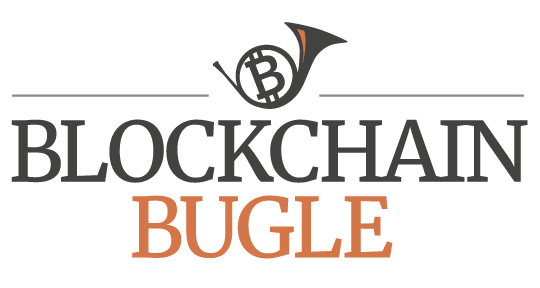Utility Settlement Coin Aims to Set Industry Standard for Central Banking Digital Cash

A group of major banks; UBS, Deutsche Bank, Santander and BNY Mellon, as well as the broker ICAP, have teamed up to develop a new form of digital cash that will help to set an industry standard to clear and settle financial trades over a distributed ledger.
In September 2015, Bitcoin Magazine reported that UBS was working on a prototype virtual currency to be used by banks and financial institutions as a basis to settle mainstream financial markets transactions. UBS, a Swiss global financial services company with its headquarters in Basel and Zürich, is the biggest Swiss bank and is considered the world’s largest manager of private wealth assets, with more than 2.2 trillion Swiss francs (CHF) in invested assets.
The new virtual currency, dubbed “Utility Settlement Coin” (USC) would be used for post-trade settlements between financial institutions on private financial platforms built on blockchain technology and permit settlement of trades in seconds rather than days, with reduced risk and operational costs. To achieve this vision, UBS partnered with Clearmatics, a developer of “permissioned” blockchain technology. Permissioned blockchains, where only authorized operators can validate transactions are supported by banks and traditional financial operators wary of the open, permissionless Bitcoin blockchain and the perception of its troublesome anarchy.
Now, UBS has joined forces with Deutsche Bank, Santander, BNY Mellon and ICAP to propose the USC to central banks, aiming for its first commercial launch by early 2018. “Cash is a leg to almost every trade, so this project is key to unlocking the benefits that the industry can gain from distributed automation technology in clearing, settlement and collateral management,” said Clearmatics Founder and CEO Robert Sams.
The group will collectively build on the successful outcome of initial explorations of the USC concept, performed by UBS and Clearmatics, notes a joint press release issued by UBS, Deutsche Bank and ICAP.
“The focus of the work will consist of financial structuring of the USC and wider market structure implications as well as market integration points for a fully operational utility settlement coin for future use by institutions,” states the release. “Additionally, Clearmatics is tasked with delivering early releases of the technology platform to underpin the concept. Active dialogue with central banks and regulators will continue to ensure a regulation compliant, robust and efficient structure within which the USC can be deployed.”
The USC is defined as an asset-backed digital cash instrument, implemented on distributed ledger technology and fully backed by cash assets held at a central bank, for use within global institutional financial markets. In September 2015, UBS and Clearmatics launched a first pilot project, part of the UBS Crypto 2.0 Pathfinder Program, to validate the USC concept. The successful conclusion of the pilot indicated that the USC project was ready for the introduction of additional partners.
“Digital cash is a core component of a future financial market fabric based on blockchain technologies,” said Hyder Jaffrey, head of Strategic Investment & FinTech Innovation at UBS Investment Bank. “There are several digital cash models being explored across the Street. The Utility Settlement Coin is focussed on facilitating a new model for digital central bank cash.”
It’s especially interesting to speculate about the future of the USC and its potential to become a global standard electronic currency for settlements, adopted by major banks and financial operators. The Financial Times notes that banks are now exploring how they can exploit distributed ledger technology to speed up back-office settlement systems and free billions in capital tied up supporting trades on global markets. The total cost to the finance industry of clearing and settling trades is estimated at $65 billion to $80 billion a year.
“Recent discussion of digital currencies by central banks and regulators has confirmed their potential significance,” said Julio Faura, head of R&D at Santander. “The USC is an essential step towards a future financial market on distributed ledger technologies,” Saket Sharma, head of Treasury Services Technology at BNY Mellon, added that the USC initiative provides “an exciting opportunity to work closely with other industry thought leaders and the regulatory community to explore the possibilities of this technology.”
A Santander press release notes that the group is already in contact with central banks and regulatory authorities to ensure the launch of the USC in a solid and efficient framework that meets all regulatory requirements. Persuaded that blockchain-based digital cash represents the future of financial markets, the group is planning wider trial projects before the 2018 launch.
The post Utility Settlement Coin Aims to Set Industry Standard for Central Banking Digital Cash appeared first on Bitcoin Magazine.


